A treasure not to be missed in Mie! Ise-ebi (lobster), the taste of fall and winter
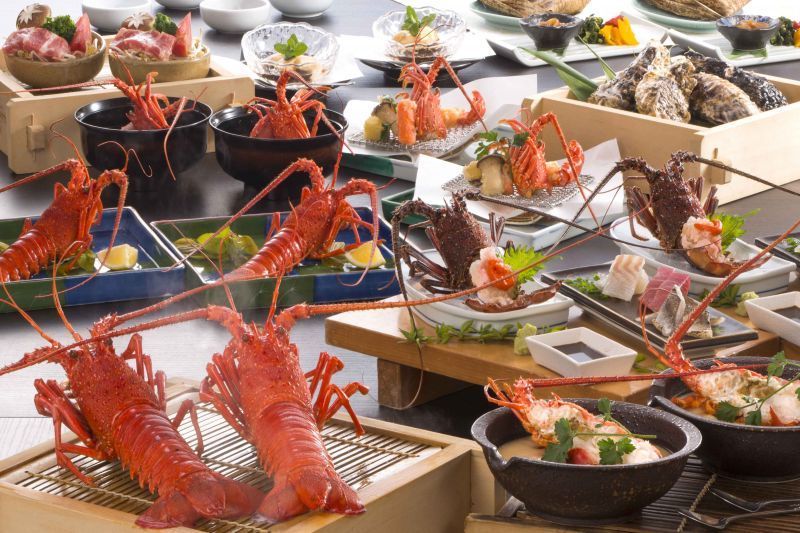
It has several names in English, including the “Japanese Spiny Lobster” and in zoology “Panilirus japonicus.” Lacking pincers, some say it is a prawn, yet growing up to 30 cm long, it is often referred to as lobster.
But the name that sets food lovers’ hearts aflutter is Ise-ebi, likely derived from “Ise,” the old name for Mie Prefecture, which has been the chief source of this sublime seafood for centuries. Though Ise is also famous for Akoya pearls, the real treasure in these waters may be the fruit of the sea, Ise-ebi.
Written by Ren Wong
It is the climax in the story of the Kuroshio Black Current which carries South Pacific warmth northward from the Philippines along the Japanese coast before reaching the small islands of Ise Bay. Here the current mingles with river estuaries in the Kumano-nada Sea. Nutrients from these freshwater sources mix with elements of the subtropical Black Current, setting the stage for rich marine biodiversity. Ise-ebi thrives in the Ise-Shima area facing Ise Bay and Shima City, and Toba City and Minami-Ise Town are responsible for much of the catch.
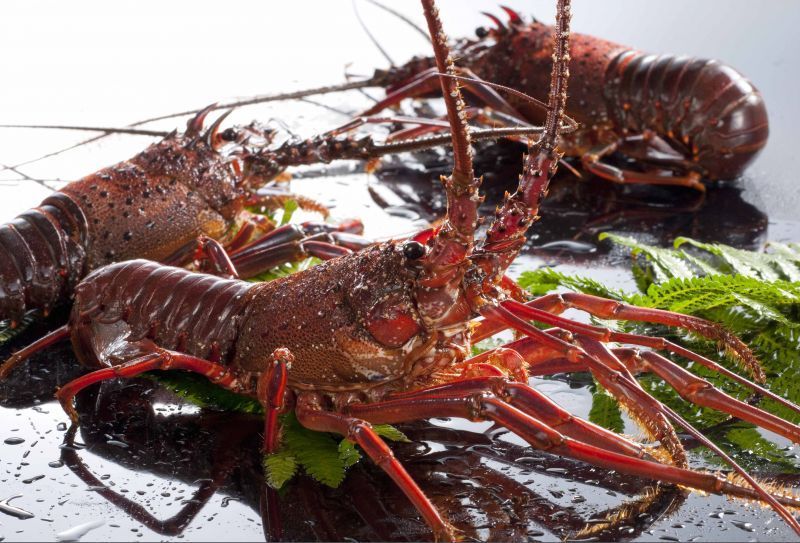
These crustaceans were once plucked from the shallow reefs by the famed, fit and fearless female ama divers. Mie Prefectural regulations governing Ise-ebi are stricter than anywhere else in Japan, with harvesting prohibited during spawning season from May 1 to September 30. Furthermore, any catch less than 4.2 cm from head to torso is released back to the ocean, while an additional 20,000 small Ise-ebi are set free in the waters annually.
Such practices are enforced by local fishermen and women themselves who believe that “we must be the guardians of our own fishing grounds.” Thanks to such efforts, catches of Ise-ebi continue to flourish. Mie Prefecture consistently ranks first in catches, accounting for 25% of Japan’s 1,118-ton total haul in 2019. Chiba and Wakayama, also areas where Japan’s Pacific coast meets the Black Current, take second and third place, respectively.
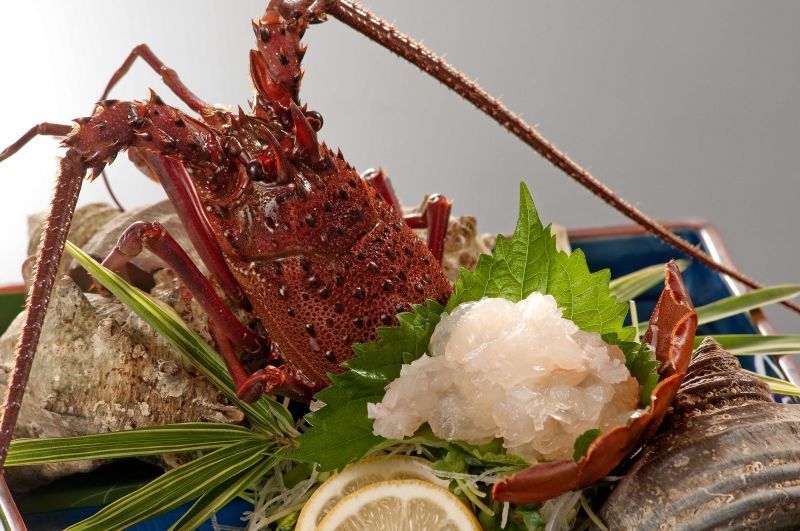

By the 8th century shrimp was already a delicacy in Japan, and Ise-ebi appears in 17th century literature as a celebratory dish of the New Year, its long antennae symbolizing long life. Crack open the shell and the tender flesh bursts with rich flavor that melts on the tongue. Grilled over high heat, the ivory meat forms a crisp crust enclosing the juicy, savory morsel within. Whether as sashimi, steamed, in soup or served Western style, the variations seem limitless. Understandably, this delicacy has impacted local culture profoundly. Images of the giant prawn feature in famous artworks, literature, and New Year’s decorations, while regional festivals are held in its honor every year.
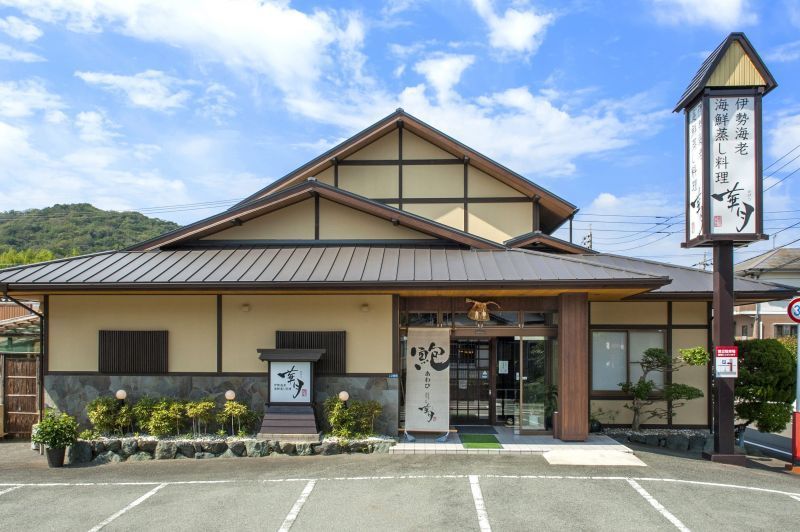
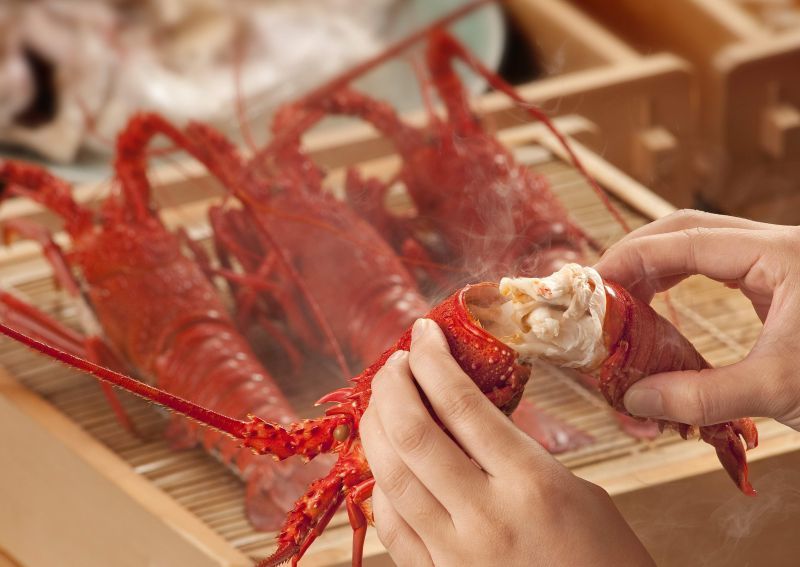
In Mie Prefecture, you can eat the Ise-ebi here and there, but there are a few restaurants that are famous. One of them is “Kagetsu” in Toba City. In one ancient ritual of Ise Jingu Shrine, “Sugata Mushi,” three Ise-ebi are steamed together in a basket and offered to the gods. In homage to this rite, Kagetsu serves a whole Ise-ebi on a bamboo streamer, the bright red shell veiling the plump rich meat within. After visiting Toba Aquarium and Mikimoto Pearl Island around Toba Station, tourists and locals alike often board the free shuttle bus or take the 10-minute drive to enjoy Kagetsu’s steamed seafood fresh from the Ise Shima waters, especially Ise-ebi and abalone.
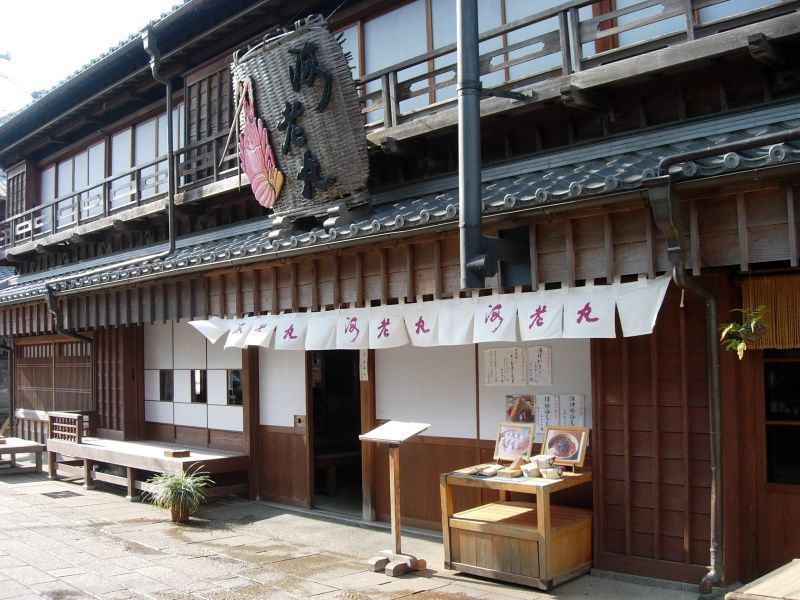

Other great spots abound throughout the area. “Ebimaru” is a beloved casual restaurant reminiscent of a fisherman’s house in the famous shopping district of Okage Yokocho near Ise Jingu Shrine. In addition to Ise-ebi dishes, their specialty is Mie’s local “comfort food,” “Tekone-zushi,” a colorful serving of sashimi on rice.
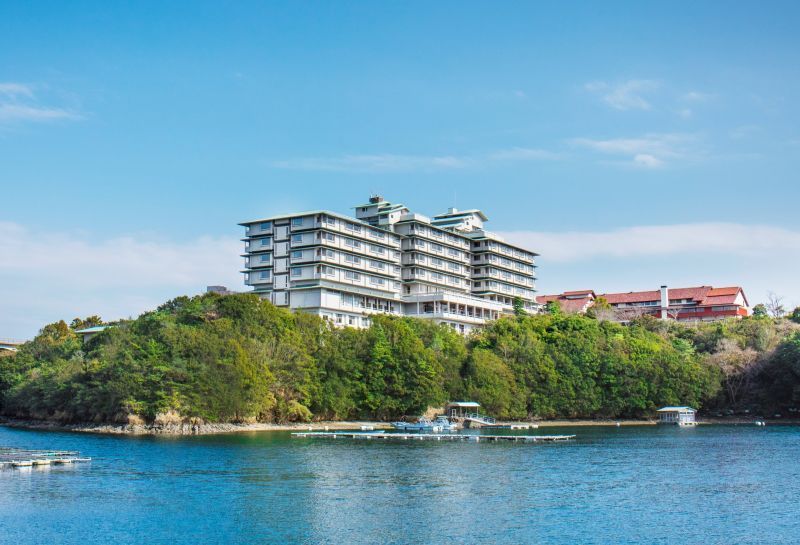
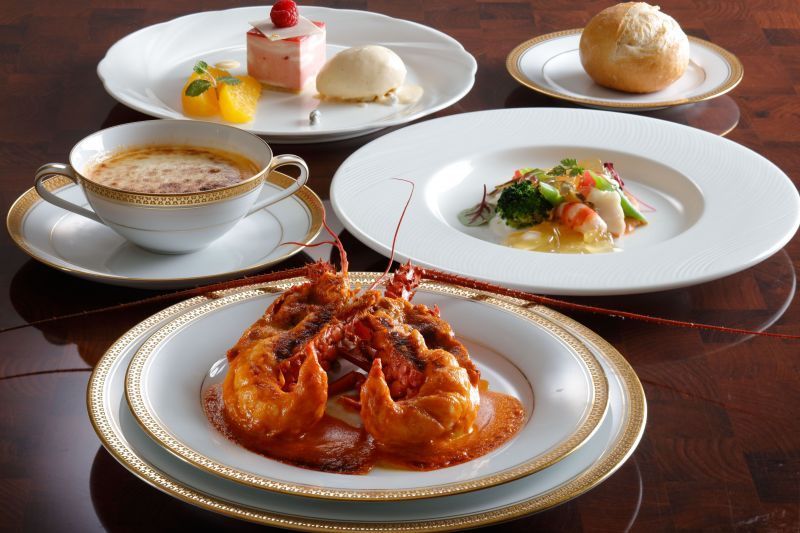
For a Western interpretation, enjoy Ise-ebi with an ocean view at the refined French restaurant La Mer the Classic at the Shima Kanko Hotel, famous for hosting the G7 Ise-Shima Summit in 2016. Try the Ise-ebi cream soup with lots of Ise-ebi, and the “Ise-ebi American Sauce” made with a boiled Ise-ebi halved lengthwise and roasted with the house version of sauce américaine.
Since such pleasures are only available when the ban on fishing is lifted from October to April, Ise-ebi has become the culinary highlight of colder seasons. So seize your chopsticks and seize the chance to savor this precious treasure of fall and winter.